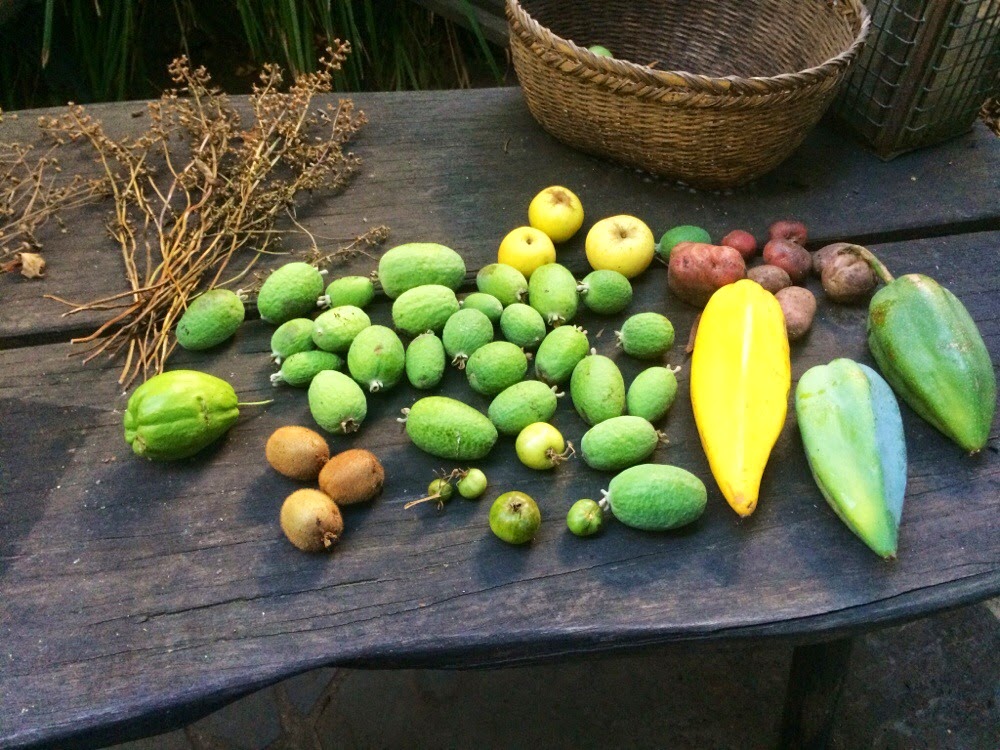Leah - I've been up north in our home town Bellingen for the past three weeks and the other day I got a call from Summer to say that our broccoli had sprouted divine little broccoli heads - we proceeded to make high pitch noises and jump in excitement! I have to say I'm almost missing our garden as much I'm missing the people in it.
Summer- I have in fact being doing a lot of excited squeaks and flapping of arms. I blame the intoxicating feeling of spring's first warm days and the chance to be outside again without five different woolen layers. The turning of the seasons is one of my favorite things to witness. The transition times that gently remind us to look about and notice what is going on around us. The Lorrikeets' return to the garden made me stop what I was doing and soon I was discovering the first of the jasmine tumbling over the fence. Its a time that seems to invite reflection, watching the subtle changes in our surroundings that happen day by day without much fuss to shift into the next period of growth. Its quite amazing watching people's reaction to the change, people shaking out the winter stillness and beginning to initiate new ideas and actions that have been sprouting in our minds over cozy fires and shared winter soups, and letting old stuff go in the process. I'm actually in the middle of packing up the house and will be saying good bye to our little garden and home that's been our little center of creativity. So there will be no spring planting to continue this time, which makes me a bit sad, but each day I have a satisfying sense of abundance as I harvest the broccoli and kale, beans, carrot and silver beet, and think of spreading the compost over the beds before I leave to nourish the soil that has fed us for the last 4 months.









.JPG)











































